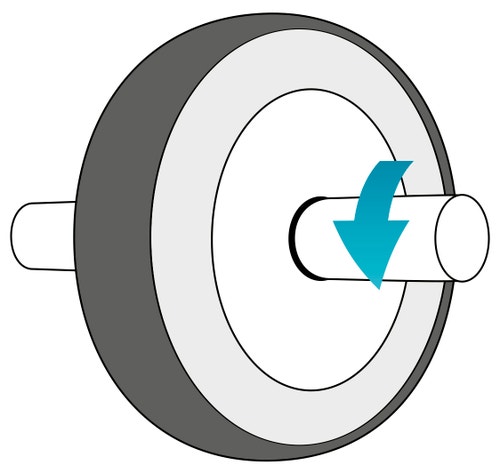
The wheel and axle is a simple machine consisting of a big wheel and a small axle, which is secured to one another, to create movement.

Things to talk about:

Build a ramp to test the first two principle models B1, B2.
Build a simple ramp by using books for height and a plank of wood or piece of stiff cardboard. Models are tested by holding them at the top of the ramp and releasing them.

Build B1 (Sliding model).
Follow Building Instructions B, pages 4 to 6, steps 1 to 5.
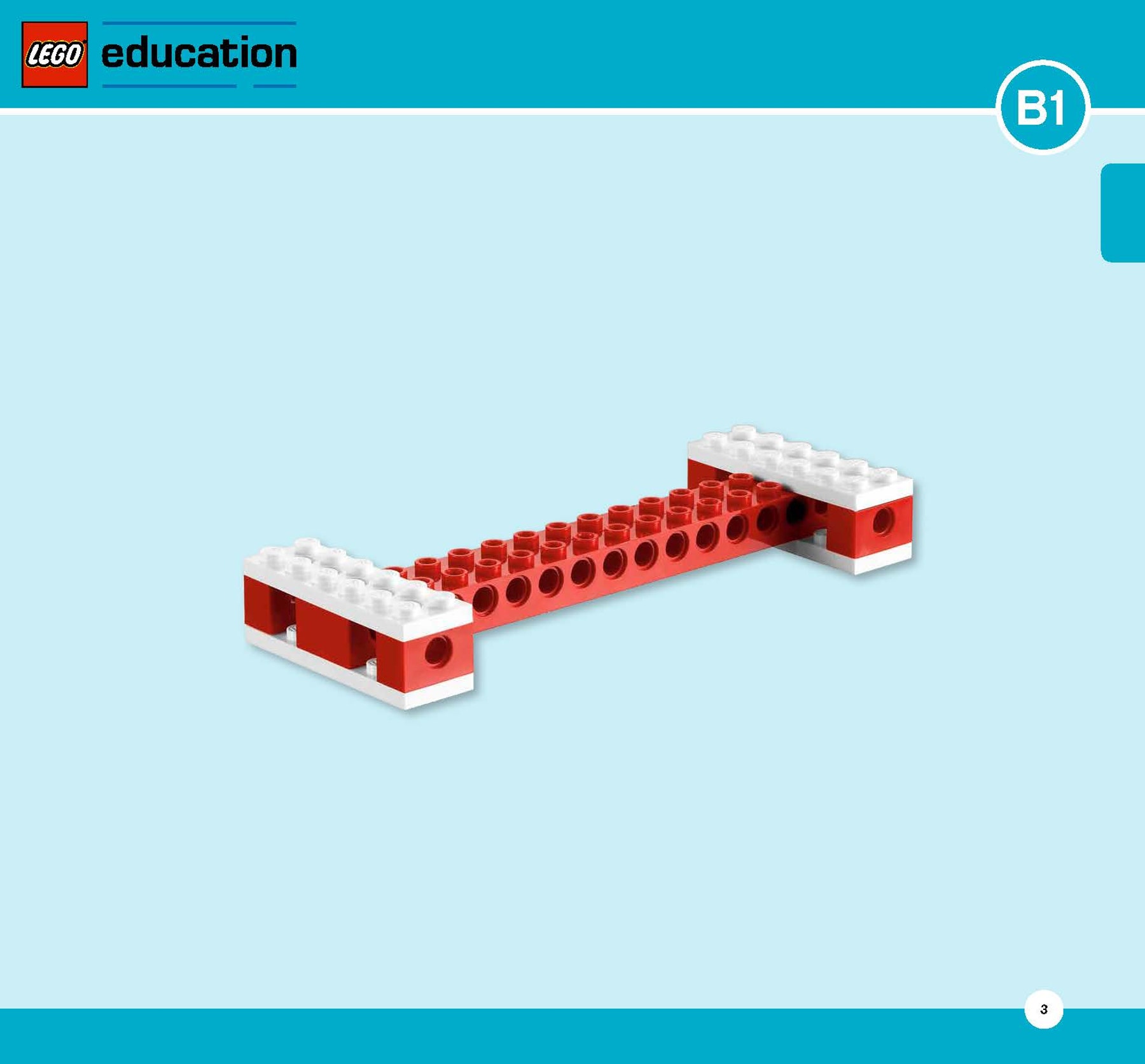
Try out the model and make observations.
Find friction. Mark with an arrow where you think there is friction when you let the model slide down the ramp.
Students should be made aware that there is a lot of friction when one surface slides over another.
Measure how far the model travels.
Just how far the sliding model B1 will move will vary, depending on such variables as the surface and angle of the test ramp, and any effort used to push the model.
Students will notice that the model is difficult to move. There is a lot of friction, and the sliding model, B1, won’t travel far beyond the bottom of the ramp, if it slides down the ramp at all.
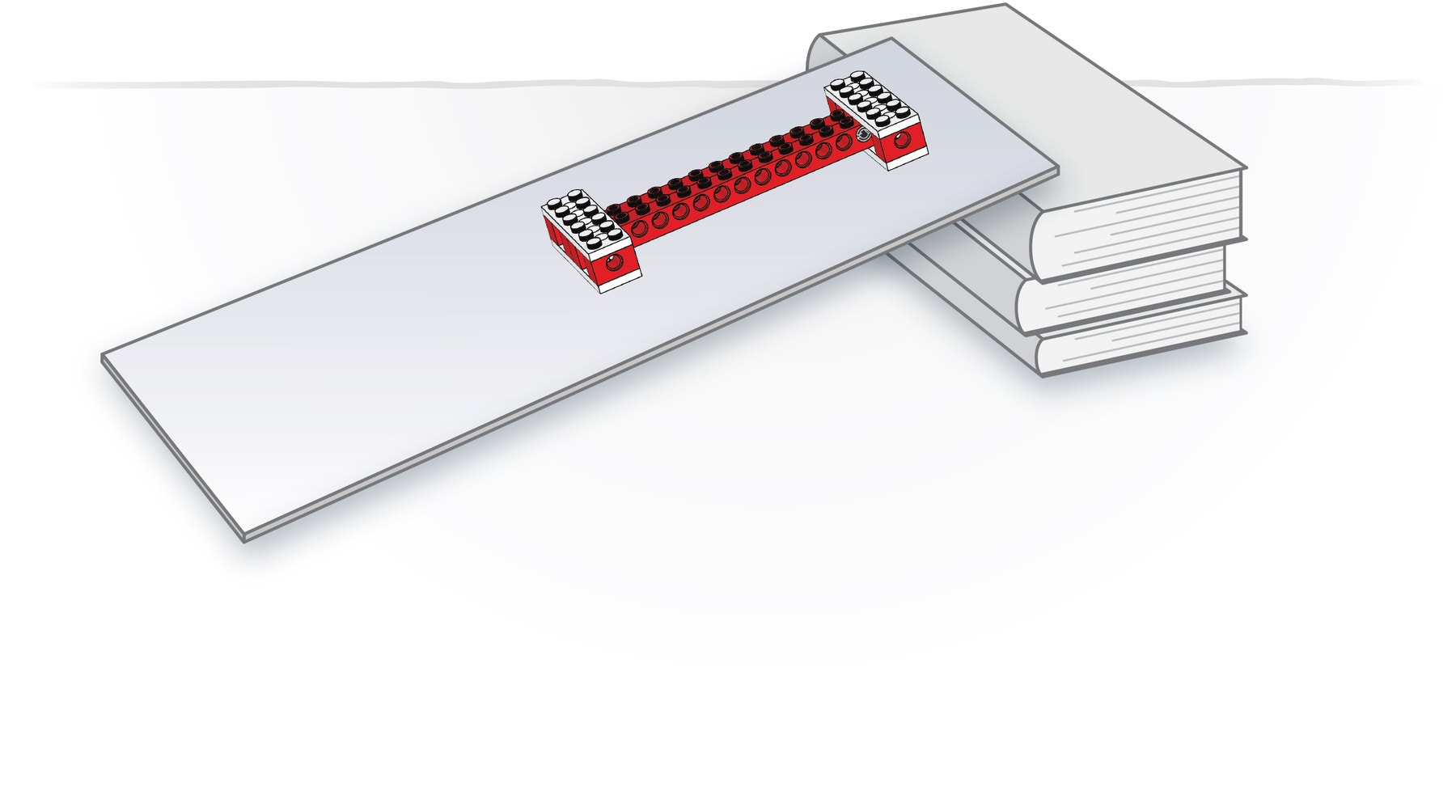
Build B2 (Rolling model).
Follow Building Instructions B, page 8, step 1.
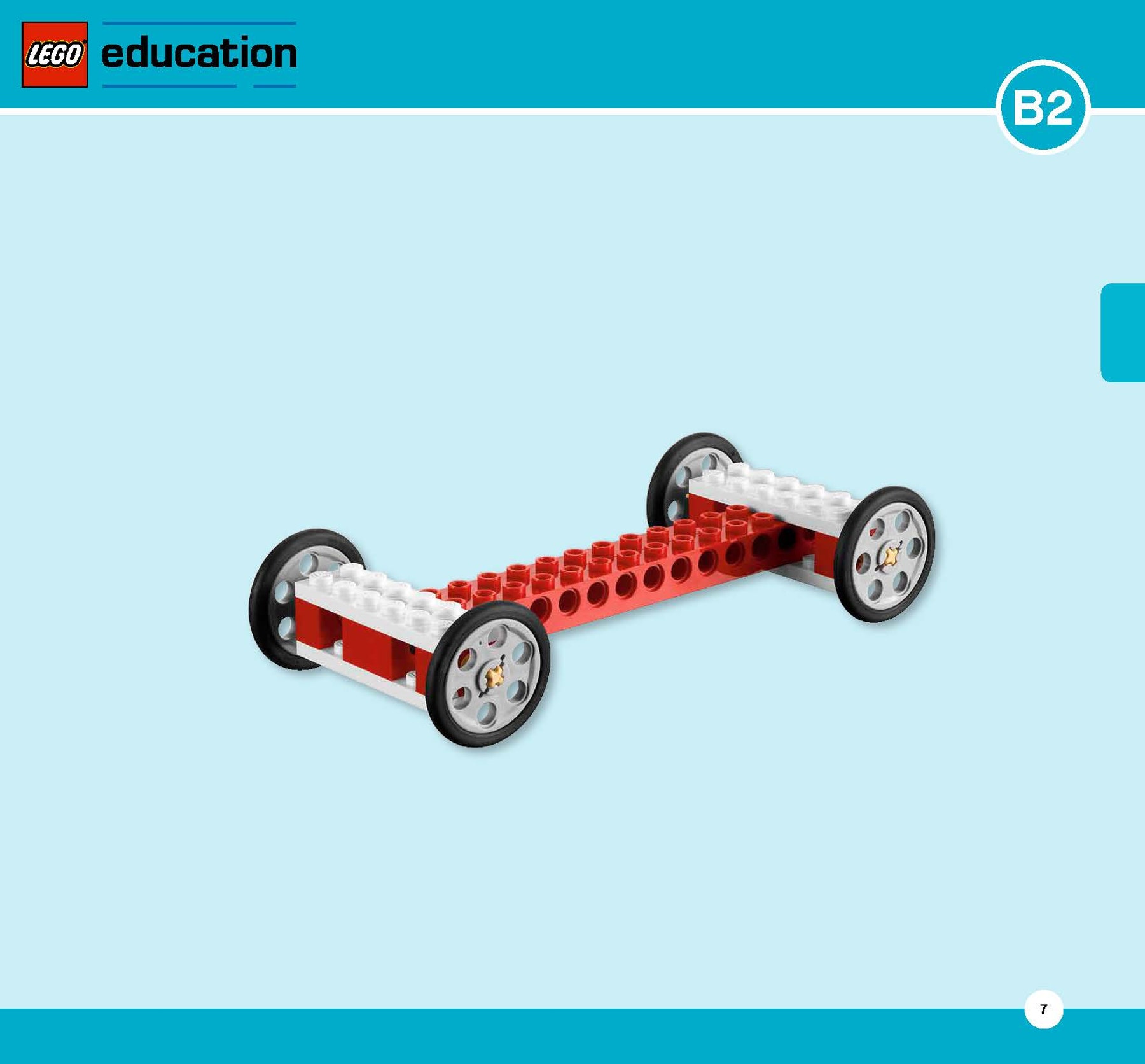
Try out the model and make observations.
Friction is a force that slows down motion when two surfaces move against each other.
Is this model affected by friction?
Students might reasonably mark either answer! There is no significant friction between the tires and the surface of the ramp. New sections of the tire come into contact with the ramp surface as the wheel turns. On the other hand, there is friction in the axles where they are in contact with the surface of the holes through which they pass, and this does slow down the model.
Measure how far the model travels.
Students will notice that the effects of friction have been greatly reduced by the use of wheels. Students will not have to push the rolling model B2 very hard for it to move in the direction the wheels are facing, even on a flat surface; it will roll down the ramp easily when released, and the rolling model B2 travels further than the sliding model B1.
Compare model B1 to model B2.
How easy or difficult was it to make model B1 to move compared to model B2?
Mark each model.
Students will notice that the rolling model B2 is much easier to move. The friction is greatly reduced by the wheels and axles, and the rolling model B2 will travel further than the sliding model B1.

Build B3 (Single, fixed axle model).
Follow Building Instructions B, pages 10 to 14, steps 1 to 9.
This model must be tested on a flat surface.
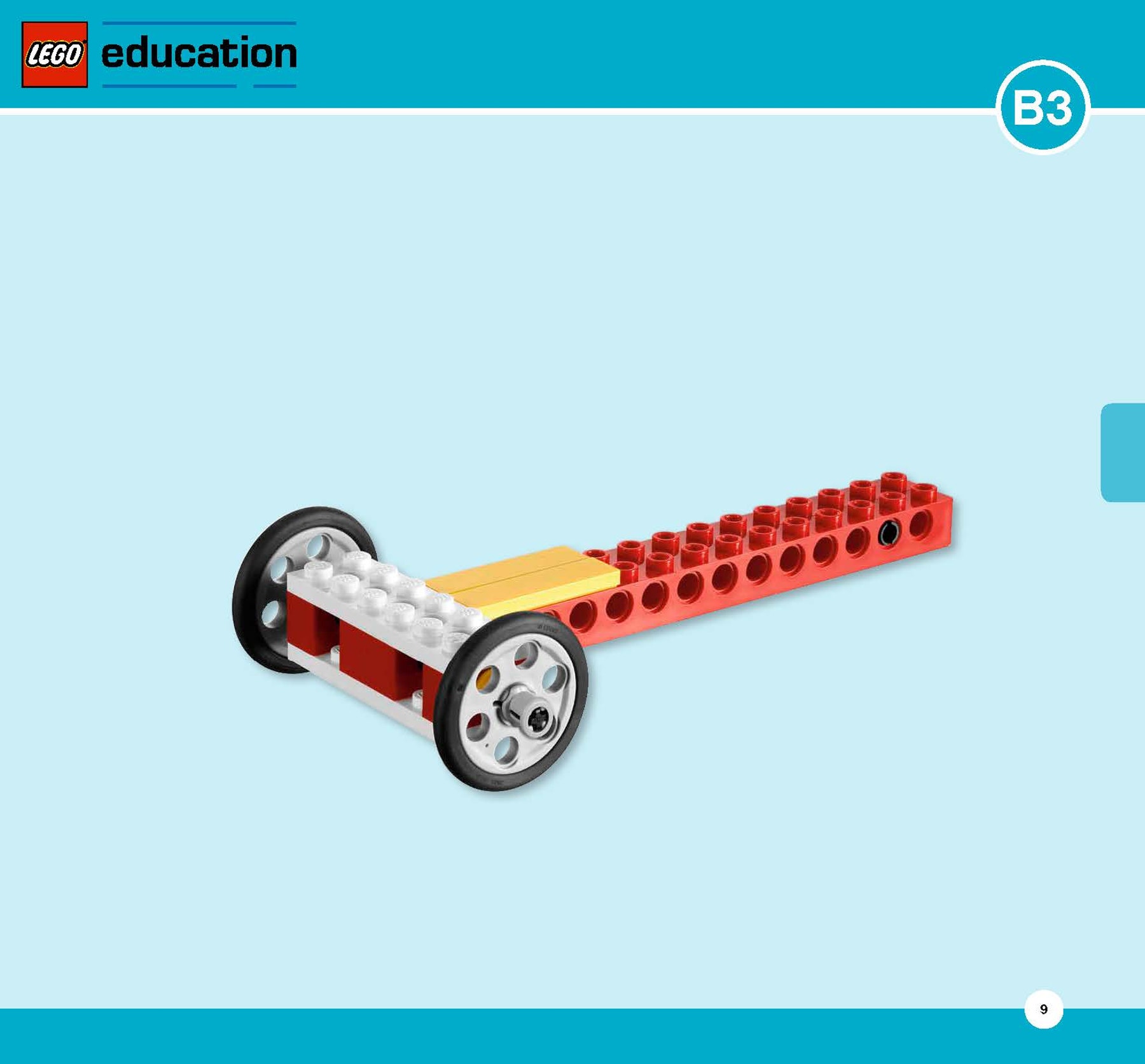
Try out the model and make observations.
Mark which type of axle is used in the model.
Model B3 is built with a single, fixed axle.

Test your model moving in a straight line.
Mark how easy or difficult it is to steer your model in a straight line.
Students will notice that model B3, with its single axle, is very easy to steer in a straight line.
Test your model turning a corner.
Mark how easy or difficult it is to steer your model round a corner.
Answers will vary depending on many variables such as the surface of the test track and the effort used to move the model. Students should notice, though, that model B3, with its single axle, is hard to steer through a sharp turn. When turning a corner sharply, one wheel will always skid. The wheels cannot turn at different speeds.

Build B4 (Separate axles model).
Follow Building Instructions B, pages 16 to 20, steps 1 to 7.
This model must be tested on a flat surface.

Try out the model and make observations.
Mark which type of axle is used in the model.
Model B4 is built with separate axles.
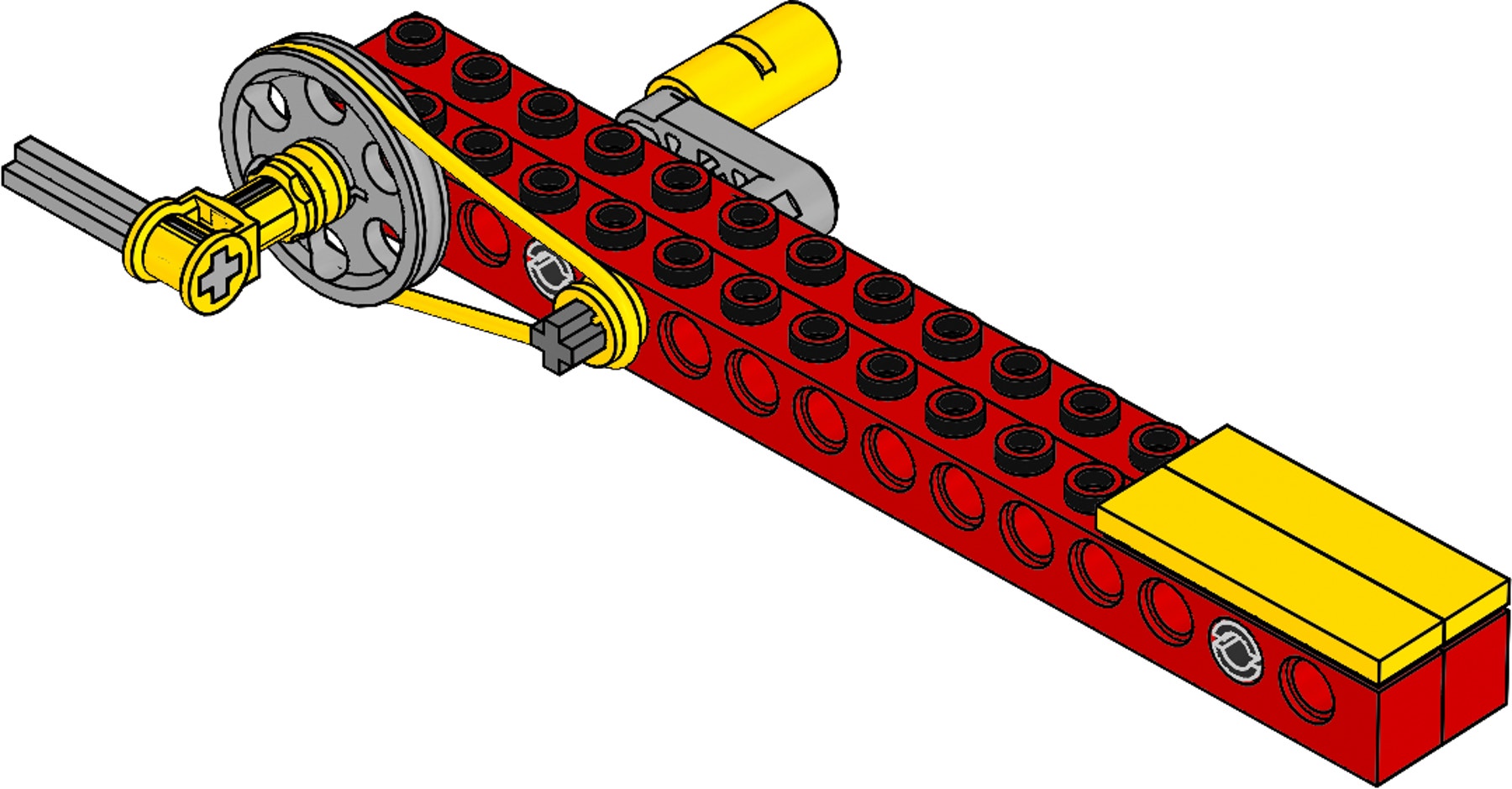
Test your model moving in a straight line.
Mark how easy or difficult it is to steer your model in a straight line.
Students will notice that model B4, with its separate axles, is very easy to steer in a straight line.
Test your model turning a corner.
Mark how easy or difficult it is to steer your model round a corner.
Students will notice that the model B4, with separate axles, is very easy to steer both in a straight line and when following zigzag patterns involving sharp turns.
The separate axles allow the wheels to turn at different speeds.
Compare model B3 to model B4.
How easy or difficult was B3 to steer compared to B4?
Students will notice that model B4, with its separate axles, is easier to steer round corners than model B3, with its single axle.
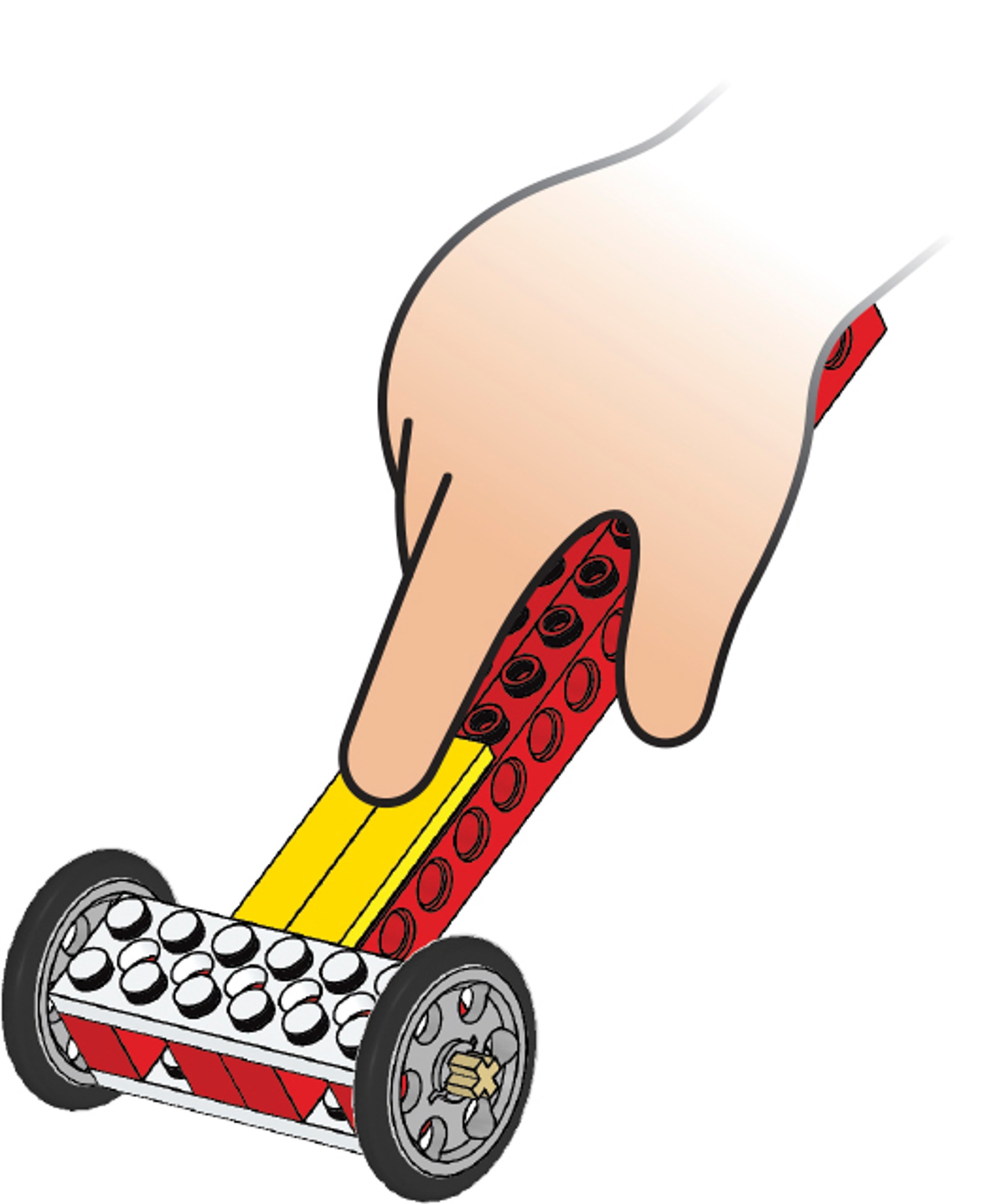
Try other lessons!
Now that you have mastered the principles of pulleys try the Go-Cart lesson.
Student will learn to:
Control the direction of movement
Increase turning force, also called torque
Reduce friction and to make objects easy to move